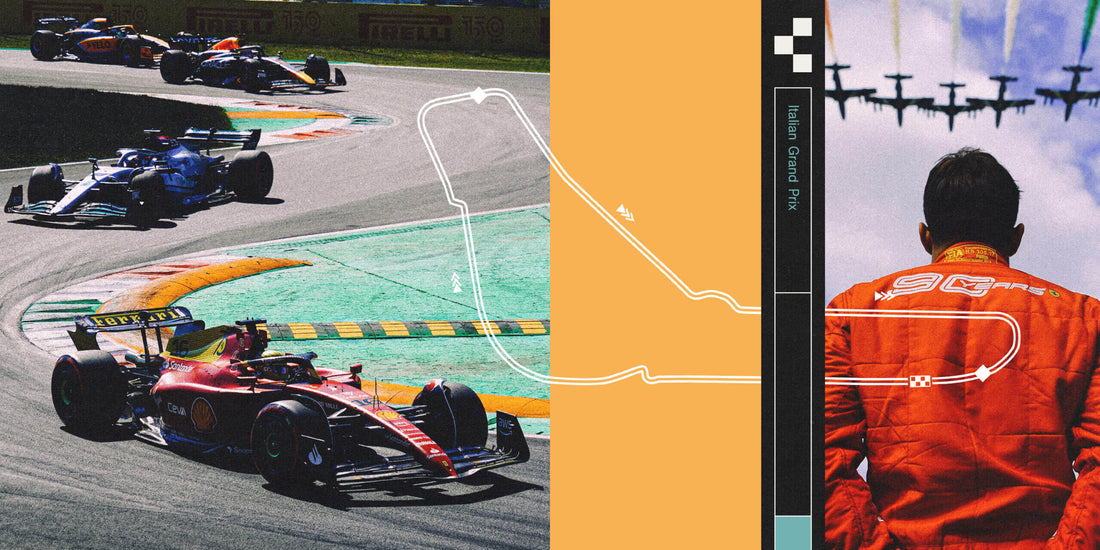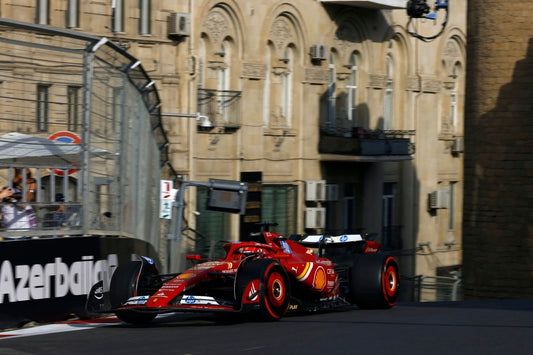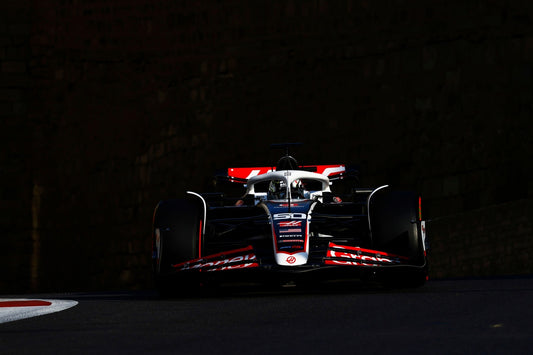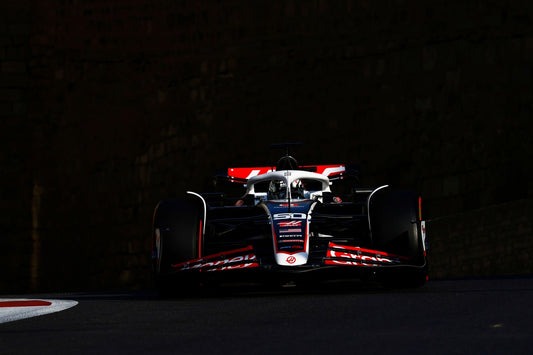Monza's Temple of Speed: Navigating F1's Fastest Circuit at the Italian Grand Prix
Manish
The Italian Grand Prix: A Legendary Race at Monza's Temple of Speed
Formula One fans, get ready for the Italian Grand Prix at the iconic Autodromo Nazionale Monza. Known as the "Temple of Speed," this historic circuit has been the home of the fabled race for over a century. Located just northeast of Milan, Monza has hosted the grand prix every year since the F1 world championship began in 1950, with only one exception. The track holds records for the sport's fastest race and the smallest winning margin, cementing its place in motorsport history.
Monza's Unique Challenges
Monza presents a distinctive set of challenges for drivers and teams. With long straights and chicanes dominating the layout, drivers spend about 80% of the lap at full throttle. The track offers few energy recovery opportunities and only three heavy braking points, requiring a specialized car setup. This oldest purpose-built track in mainland Europe demands a delicate balance between low-drag efficiency and sufficient downforce for crucial braking zones.
The Passionate Tifosi
No discussion of Monza is complete without mentioning the passionate tifosi, Ferrari's dedicated fanbase. The circuit comes alive with a sea of red and countless Prancing Horse flags, creating an electric atmosphere that's unmatched in the F1 calendar. This fervent support adds an extra layer of excitement and pressure, especially for the Ferrari drivers.
Monza's Rich History
Built in the aftermath of World War I, Monza's history is as colorful as it is long. Construction began in 1922, briefly halted due to conservation concerns, before resuming with a modified layout. The track was completed in an impressive 110 days, hosting its first Italian Grand Prix just a week after opening.
Over the years, Monza has witnessed triumph and tragedy. The circuit has seen numerous fatal accidents, leading to significant safety improvements and layout changes. Notable incidents include the 1928 crash that claimed the life of Emilio Materassi and 28 spectators, and the 1961 accident involving Wolfgang von Trips that resulted in his death and those of 10 spectators.
Iconic Moments
Despite its somber history, Monza has also been the stage for some of F1's most memorable moments. From Jim Clark's heartbreaking near-victory in 1967 to Ferrari's emotional 1-2 finish weeks after Enzo Ferrari's death in 1988, the track has produced unforgettable races. More recent highlights include Charles Leclerc's 2019 victory for Ferrari and McLaren's stunning 1-2 finish in 2021.
Tackling the Temple of Speed
Monza's high-speed nature presents unique challenges for drivers and engineers alike. The track demands a low-drag setup to maximize straight-line speed, but finding the right balance with downforce is crucial for braking stability and cornering performance. Key areas to watch include the first chicane after the long start-finish straight, the iconic Parabolica curve, and the tricky Ascari chicane.
Qualifying Tactics
Qualifying at Monza often features the strategic use of slipstreaming or "towing." Teams may coordinate their drivers to help each other gain an advantage by reducing drag, leading to a fascinating cat-and-mouse game on track.
Monza's Unique Records and Quirks
Monza holds several distinctive records in F1 history. It's the site of the fastest-ever F1 race, won by Michael Schumacher in 2003 with an average speed of 247.585 kph. The track also boasts the smallest winning margin in F1 history, with just 0.01 seconds separating the top two finishers in 1971. Interestingly, Monza was also the venue for the shortest F1 career, when Marco Apicella's sole F1 race ended after just 800 meters in 1993.
As the F1 circus descends on Monza once again, fans can expect high speeds, intense battles, and the unique passion of the Italian tifosi. The Italian Grand Prix at this historic venue continues to be one of the most anticipated events on the Formula One calendar, blending rich history with modern motorsport excitement.




